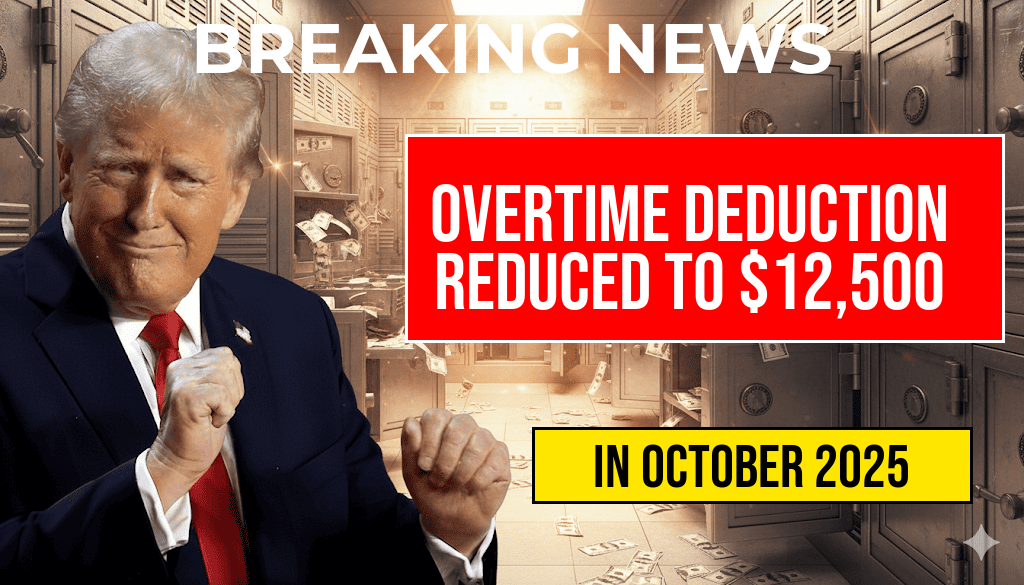Residents of Rhode Island are on track to see an average $3,286 reduction in their state tax bills this year, stemming from recent legislative changes aimed at easing financial burdens amid rising living costs. The anticipated tax cut results from a combination of policy adjustments, including increased deductions, tax credits, and revised income brackets. Officials from the Rhode Island Department of Revenue estimate that the measure will benefit over 600,000 taxpayers across the state, providing targeted relief to middle-income households while also addressing broader fiscal priorities. The move aligns with the state’s efforts to stimulate economic activity and improve overall fiscal health, according to state officials. This tax relief package forms part of Rhode Island’s broader economic strategy, which aims to balance budget sustainability with support for residents affected by inflationary pressures.
Details of the Tax Relief Measure
Background and Legislative Context
The tax cut initiative was enacted earlier this year following bipartisan support in the Rhode Island General Assembly. Legislators argued that the measure would bolster household budgets at a time when inflation has significantly increased living expenses. The legislation was crafted after extensive analysis by the Rhode Island Department of Revenue, which projected the fiscal impact and potential benefits for residents.
Components of the Tax Cut
- Increased Standard Deduction: The standard deduction for individual filers has been raised, reducing taxable income for many households.
- Expanded Tax Credits: The state enhanced its Earned Income Tax Credit (EITC), providing greater support to lower- and middle-income workers.
- Adjusted Income Brackets: Income thresholds for higher tax rates have been adjusted upward, decreasing the tax burden on middle-income earners.
- One-Time Refunds: Eligible taxpayers will also receive one-time rebates, averaging around $200 to $400 depending on income level and filing status.
Impact on Different Income Groups
| Income Range | Estimated Average Tax Cut | Number of Beneficiaries |
|---|---|---|
| $50,000 – $75,000 | $3,100 | Approximately 250,000 |
| $75,000 – $100,000 | $3,500 | About 200,000 |
| Below $50,000 | $2,800 | Nearly 150,000 |
Expected Economic Benefits
State officials anticipate that the tax reductions will lead to increased disposable income, which could support local businesses and stimulate economic growth. Economic analysts suggest that direct relief to middle-income families may also reduce financial stress and improve overall consumer confidence. According to a report by Forbes, targeted tax relief can have a meaningful impact in maintaining economic stability during uncertain times.
Fiscal Implications and Budget Considerations
State Revenue Impact
The Rhode Island Department of Revenue projects a short-term revenue decrease of approximately $150 million as a result of the tax cuts. However, officials emphasize that the measures are designed to be fiscally sustainable, with the state maintaining a healthy reserve to offset potential fluctuations. The legislation also includes provisions for periodic review and adjustments should economic conditions change significantly.
Funding Sources
- Reallocation of existing budget reserves
- Revised revenue projections reflecting economic growth
- Federal pandemic relief funds directed towards state fiscal stability
Public and Political Reactions
The response from residents has been largely positive, especially among middle-income households who stand to benefit most. Local advocacy groups have praised the measure for its direct impact on household finances. However, some fiscal conservatives have expressed concern over the long-term sustainability of the reduced revenue streams and potential impacts on public services.
Statements from Officials
Rhode Island Treasurer James Diossa highlighted the importance of the tax cut, stating, “This initiative reflects our commitment to easing the financial pressures on families while maintaining the integrity of our budget.” Conversely, critics argue that the reductions may limit the state’s capacity to fund critical infrastructure and social programs in the future.
Looking Ahead
As the tax relief begins to take effect, state officials plan to monitor its impact over the coming months. The Rhode Island Department of Revenue has scheduled a review of the measure in mid-2024 to evaluate its fiscal and economic outcomes. Meanwhile, residents are encouraged to consult official resources for updated information on filing procedures and eligibility criteria.
For additional insights into Rhode Island’s fiscal policies and economic outlook, visit Wikipedia’s Rhode Island page or review recent reports from Forbes.
Frequently Asked Questions
What is the total amount of the expected tax cut for Rhode Island residents?
Rhode Island residents are expected to receive a $3,286 tax cut, providing significant financial relief.
When will Rhode Island residents see the benefits of the tax cut?
The tax cut is projected to be implemented in the upcoming tax year, with residents beginning to see the impact when they file their taxes.
How will the tax cut affect Rhode Island residents’ overall taxable income?
The tax reduction will lower the taxable income for many residents, potentially decreasing their tax liability and increasing their disposable income.
Are there specific eligibility criteria for Rhode Island residents to benefit from this tax cut?
Yes, eligibility typically depends on residency status and income levels, with most primary residents qualifying for the tax cut.
What are the main reasons behind the Rhode Island tax cut initiative?
The tax cut aims to boost economic growth, provide financial relief to residents, and improve the overall fiscal health of the state.







